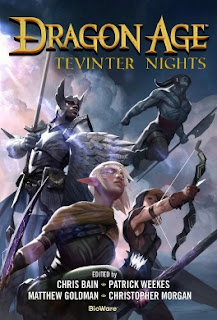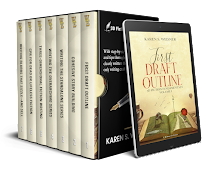I came across another article about the delightful weirdness and surprising intelligence of octopuses:
10 Incredible Facts About OctopusesIn addition to their amazing powers of camouflage, shapeshifting, and squeezing through tiny spaces, they can use tools, recognize people, and solve problems such as opening jars and navigating mazes. They would make an excellent template for an alien sapient species.
With their eight flexible arms, they arguably have a greater capacity for manipulating objects than we do. However, one problem would inhibit them from developing an advanced technological culture, no matter how intelligent they might become -- their aquatic environment. An underwater creature can't use fire and therefore can't work with metal.
One species, though, spends a nontrivial amount of its life on land:
Adopus AculeatusThis small octopus "lives on beaches walking from one tidal pool to the next hunting for crabs." We could imagine a planet rich in tidal ecosystems dominated by an intelligent population of amphibious octopuses. For them to invent what we'd consider an advanced civilization, though, their evolutionary history would need to include some urgent motivation for developing such skills. No doubt a clever science fiction author could come up with a plausible scenario to produce that result.
Unfortunately for Earth octopuses' prospect of developing intelligence to rival ours and filling an aquatic niche similar to the human land-bound role, their short lifespans and habit of dying soon after reproducing limit them. Creating a culture that could transmit knowledge from older to younger generations would require a mutation to lengthen their lives.
Another potential limitation might be their solitary lifestyle. Typically, most highly intelligent animals are social. Also, community cooperation would seem to be a requirement for a civilization -- at least, in the sense that we understand it.
An interesting side note: Their copper-based blood is blue. So why is Vulcan copper-based blood green? :)
Margaret L. Carter
Please explore love among the monsters at Carter's Crypt.






































